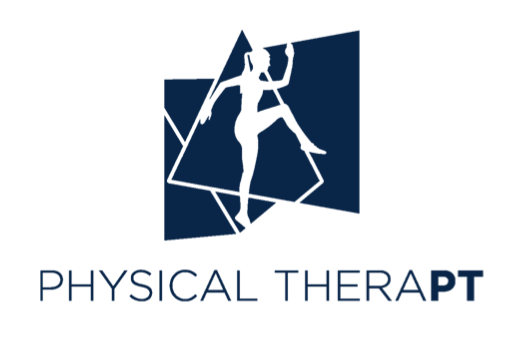Cupping massage, an ancient practice rooted in traditional Chinese medicine, has grown in popularity for its potential health benefits. In this therapy, suction cups are applied to the skin to create a vacuum, which pulls skin and underlying tissue upward. In western medicine, this technique is more commonly referred to as myofascial decompression. In both systems, similar tools are used- cups can be made of glass, plastic, or silicone and can be applied to the skin in a variety of strategies. The technique is often used to promote blood flow, relieve pain, and support recovery from muscle tension or injury.
If you haven’t experienced this technique first-hand, you may be wondering: what are the distinctive marks left by cupping, what does science reveal about one of its most frequently touted benefits, and is this right for me? Let’s dive into the details!
Myth #1: Cupping Marks aren’t Bruises
The short answer: Yes, actually they are.
Many sources try to claim that cupping marks are not bruises. Most notably, they will cite that bruises are defined as both painful and a result of blunt force—two characteristics that are notably lacking in cupping application. But these flat-out denials seem to conflate the definitions of bruise and contusion.
For starters, bruise is mostly synonymous with a medical term: ecchymosis. Ecchymosis can be defined simply as bleeding under the skin due to broken capillaries. Whether these tiny blood vessels leak due to blunt force or suction is irrelevant, as the end result is the same. On the other hand, contusion is most commonly defined as ecchymosis due to blunt force, usually accompanied by pain and damage to underlying tissue.
As the purplish mark left behind by cupping therapy is a result of broken capillaries, this mark is technically a bruise. However, since the mode of achieving this bruise is suction instead of blunt force trauma, a cupping mark is not a contusion.
Myth #2: Creating damage actually helps healing
While the idea of intentionally breaking capillaries might sound counterintuitive, it can have a therapeutic effect. Cupping increases blood flow to the area, triggering the body’s inflammatory response—a natural healing mechanism.
Studies suggest that cupping may stimulate the release of cytokines and other inflammatory mediators, which help repair tissues and reduce pain (Kim et al., 2018). Moreover, the pooling of blood and interstitial fluid under the skin can encourage lymphatic drainage and reduce swelling, further promoting recovery (Al-Bedah et al., 2019).
Myth #3: Cupping releases Toxins
One of the most debated claims about cupping is whether it helps the body detoxify. To better understand the evidence, it’s important to first distinguish between wet and dry cupping. Wet cupping, an ancient form of bloodletting, involves making small incisions on the skin to draw out blood. This practice is NOT common in the United States and is not part of treatment offered at Physical TheraPT. In contrast, the more widely practiced dry cupping involves applying suction cups to unbroken skin.
Some studies suggest that wet cupping may help lower levels of uric acid and cholesterol in the body (Sutriyono et al., 2014). Current research has not shown a significant connection between dry cupping and toxin removal. The enduring association between cupping and detoxification may be attributed to the specific effects of wet cupping rather than the dry cupping methods commonly used today.
The Takeaway
Despite the lack of evidence for the detoxifying effects of dry cupping, other benefits of this modality tend to be a larger focus in physical therapy. The lifting of the skin due to suction draws blood into the area, bringing oxygen and nutrients to tissues. The mechanical stretching and lifting of the skin can help to release fascia, also known as myofascial decompression, helping to release tension surrounding muscles. And, while cupping does cause microscopic injury, targeted application of it can help us bring your body’s attention to the areas that need extra care by jump-starting the inflammatory process.
If you’re considering cupping, talk to your practitioner to see how it can fit into your recovery or wellness plan.
To learn more, check out these resources:
Al-Bedah, A. M., Elsubai, I. S., Qureshi, N. A., et al. (2019). The medical perspective of cupping therapy: Effects and mechanisms of action. Journal of Traditional and Complementary Medicine, 9(2), 90–97.
Kim, J., Lee, H., & Lee, M. (2018). Effects of cupping therapy on chronic back pain: A systematic review and meta-analysis. Complementary Therapies in Medicine, 41, 129–137.
Sutriyono, S., Robbina, M. R., & Ndii, M. Z. (2019). The effects of wet cupping therapy on blood pressure, glucose, uric acid, and total cholesterol levels. Biology, Medicine, & Natural Product Chemistry, 8(2), 33–36.












